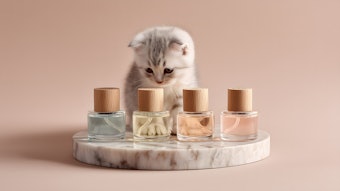Ylang Ylang, Cananga Odorata forma genuina is most likely native to the Phillipines. The tree, if left alone in its natural state, would reach a height of 60 feet. Unfortunately the majestic height and natural beauty of this tree impedes the efficient and economical harvest of the delicate ylang blossoms. Consequently the tree is pruned and maintained at a height of 7-10 feet. The final result is a tree that is grossly disfigured to facilitate ease of harvest with a bonus of improved yield per acre.
The somewhat unusual name Ylang Ylang comes from the vernacular “Alang-Ilang.” a term that describes the “hanging” or “fluttering” condition of the flowers which tremble in the slightest wind. A relative newcomer to the fragrance industry in contrast to other florals, the history of this essential oil is well known.
Seldom can a time period, let alone a specific person, be associated with the development of an industry. But such is the case with Ylang. The Ylang industry had its beginning when a sailor named Albert Schwenger found himself stranded in Manila around 1860. Enchanted by the odor of these flowers he conceived the idea of a field still on wheelcart. With this still he set out traveling the countryside distilling Ylang in small quantities.










